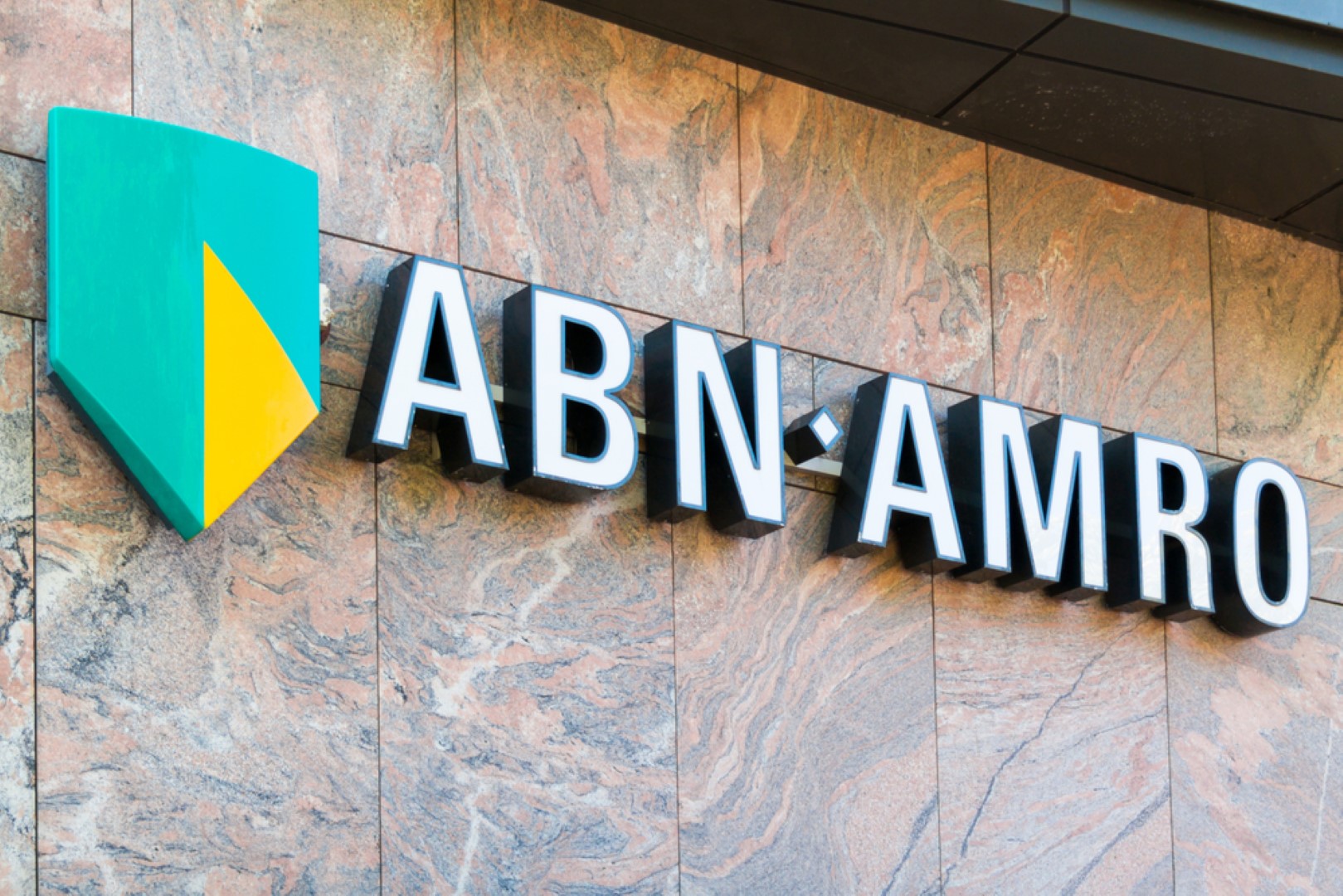Rio Tinto And Andrew Forrest Clash Over Pilbara's Environmental Impact

Table of Contents
The Pilbara region of Western Australia, renowned for its vast iron ore reserves, is at the heart of a major environmental dispute. Mining giant Rio Tinto and Andrew Forrest, chairman of Fortescue Metals Group, are locked in a high-profile clash over the environmental impact of iron ore mining in this ecologically sensitive area. This conflict highlights the crucial need for sustainable mining practices and underscores the complex interplay between economic development and environmental protection.
The Core of the Conflict: Divergent Views on Sustainable Mining Practices
The fundamental disagreement between Rio Tinto and Andrew Forrest centers on the approach to environmental responsibility in Pilbara mining operations. Their contrasting philosophies expose a broader debate about the future of resource extraction in sensitive ecosystems.
-
Rio Tinto's current environmental policies and their perceived shortcomings (according to Forrest): Forrest has publicly criticized Rio Tinto's environmental record, arguing that their practices fall short of truly sustainable mining. He points to instances where environmental protection measures seem inadequate, leading to unacceptable levels of damage.
-
Andrew Forrest's vision for a more sustainable Pilbara and his criticisms of Rio Tinto's methods: Forrest champions a more holistic and proactive approach, advocating for aggressive investment in rehabilitation, biodiversity protection, and advanced water management techniques. He argues that Rio Tinto's focus on short-term profits overshadows long-term environmental stewardship.
-
Specific examples of projects or practices causing contention: The destruction of the Juukan Gorge caves by Rio Tinto in 2020 remains a stark example of the conflict’s core issue. This culturally significant site was destroyed during mining operations, sparking widespread outrage and highlighting the devastating consequences of inadequate environmental assessments and planning. Other projects, involving water usage and habitat destruction, also fuel the ongoing debate.
Economic vs. Environmental Priorities: A Balancing Act?
The Pilbara's iron ore industry is a cornerstone of the Western Australian economy, generating significant employment and revenue. However, this economic prosperity comes at an environmental cost.
-
Job creation and economic contribution of mining in Western Australia: Iron ore mining provides thousands of jobs directly and indirectly, contributing billions of dollars to the state's economy. This economic contribution is a significant factor in the political landscape.
-
The long-term economic impacts of environmental degradation: The long-term economic consequences of environmental damage, including potential loss of tourism revenue and damage to the state's reputation, need to be considered against the short-term gains of unchecked mining expansion.
-
The role of government regulation in balancing economic and environmental needs: The Western Australian government faces the challenging task of balancing economic needs with stringent environmental regulations. Striking this balance will be critical in determining the future of mining in the Pilbara.
The Environmental Damage: Biodiversity Loss and Habitat Destruction
Iron ore mining in the Pilbara has undeniably caused significant environmental damage. The scale of the impact raises concerns about the long-term health of the ecosystem.
-
Loss of native vegetation and habitat fragmentation: Mining operations lead to widespread clearing of native vegetation, resulting in habitat loss and fragmentation for numerous plant and animal species.
-
Impacts on water resources and water management practices: Mining activities can significantly impact water resources through depletion, contamination, and alteration of natural water flows. Effective water management is crucial to mitigating these effects.
-
Effects on endangered species and biodiversity: The loss of habitat and disruption of natural processes pose a serious threat to many endangered species in the Pilbara, leading to biodiversity loss.
-
Air quality issues related to mining activities: Dust and emissions from mining operations can negatively impact air quality, posing risks to human health and the environment.
Rehabilitation Efforts: Are They Enough?
Rio Tinto and other mining companies undertake rehabilitation efforts to restore mined areas. However, the effectiveness of these efforts is a subject of ongoing debate.
-
Successes and failures of past rehabilitation projects: While some rehabilitation projects have shown success, others have fallen short of expectations, leading to concerns about the long-term efficacy of current practices.
-
The role of technology and innovation in improving land rehabilitation: Advances in technology offer potential improvements in land rehabilitation, including the use of innovative techniques to restore degraded ecosystems.
-
The long-term monitoring and assessment of rehabilitated areas: Rigorous and long-term monitoring is essential to assess the success of rehabilitation efforts and make necessary adjustments.
The Public and Political Response: Pressure for Change
The conflict between Rio Tinto and Andrew Forrest has sparked considerable public and political debate. The pressure for greater environmental accountability is intensifying.
-
Public opinion and media coverage of the conflict: Public outrage over the destruction of Juukan Gorge and other environmental incidents has fueled public pressure for stronger environmental regulations and greater corporate responsibility.
-
Government regulations and policies concerning environmental protection in mining: The Western Australian government is under pressure to strengthen environmental regulations and enforcement to prevent future environmental disasters.
-
The role of Indigenous communities and their concerns regarding the impact of mining: Indigenous communities have voiced significant concerns about the impact of mining on their cultural heritage and traditional lands. Their perspectives are integral to finding sustainable solutions.
-
International pressure and the implications for responsible mining practices: The international community is increasingly focused on responsible mining practices, putting pressure on Australian mining companies to adopt higher environmental standards.
Conclusion
The disagreement between Rio Tinto and Andrew Forrest highlights fundamental differences in approaches to sustainable mining in the Pilbara. The core issues – sustainable mining practices, the extent of environmental damage, and the adequacy of rehabilitation efforts – demand urgent attention. Finding a balance between economic development and environmental protection is crucial for the future of the Pilbara. This requires a commitment to transparent practices, robust environmental regulations, and a genuine effort to incorporate Indigenous perspectives. We urge you to stay informed about the ongoing developments in the Rio Tinto and Andrew Forrest dispute and the broader issue of responsible Pilbara iron ore mining. Responsible engagement with the environmental impact of mining in the Pilbara and the pursuit of sustainable solutions are paramount for the region's future.

Featured Posts
-
 Kamerbrief Certificaten Abn Amro Programma Overzicht En Verkoop Tips
May 22, 2025
Kamerbrief Certificaten Abn Amro Programma Overzicht En Verkoop Tips
May 22, 2025 -
 Large Fire Engulfs Used Car Dealership Crews On Scene
May 22, 2025
Large Fire Engulfs Used Car Dealership Crews On Scene
May 22, 2025 -
 Post Winter Pronghorn Survival A New Documentary From The University Of Wyoming
May 22, 2025
Post Winter Pronghorn Survival A New Documentary From The University Of Wyoming
May 22, 2025 -
 Understanding The Reasons For Core Weave Crwv S Stock Rise On Wednesday
May 22, 2025
Understanding The Reasons For Core Weave Crwv S Stock Rise On Wednesday
May 22, 2025 -
 Half Domes Victory Winning The Abn Group Victoria Pitch
May 22, 2025
Half Domes Victory Winning The Abn Group Victoria Pitch
May 22, 2025
